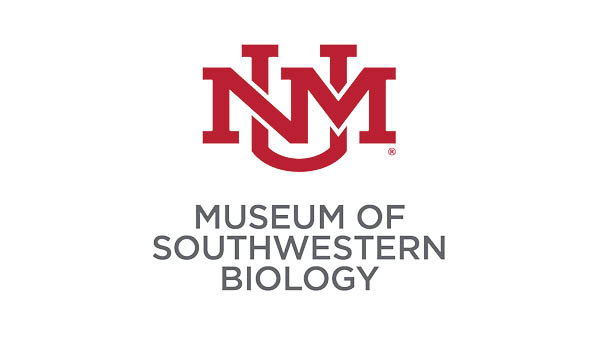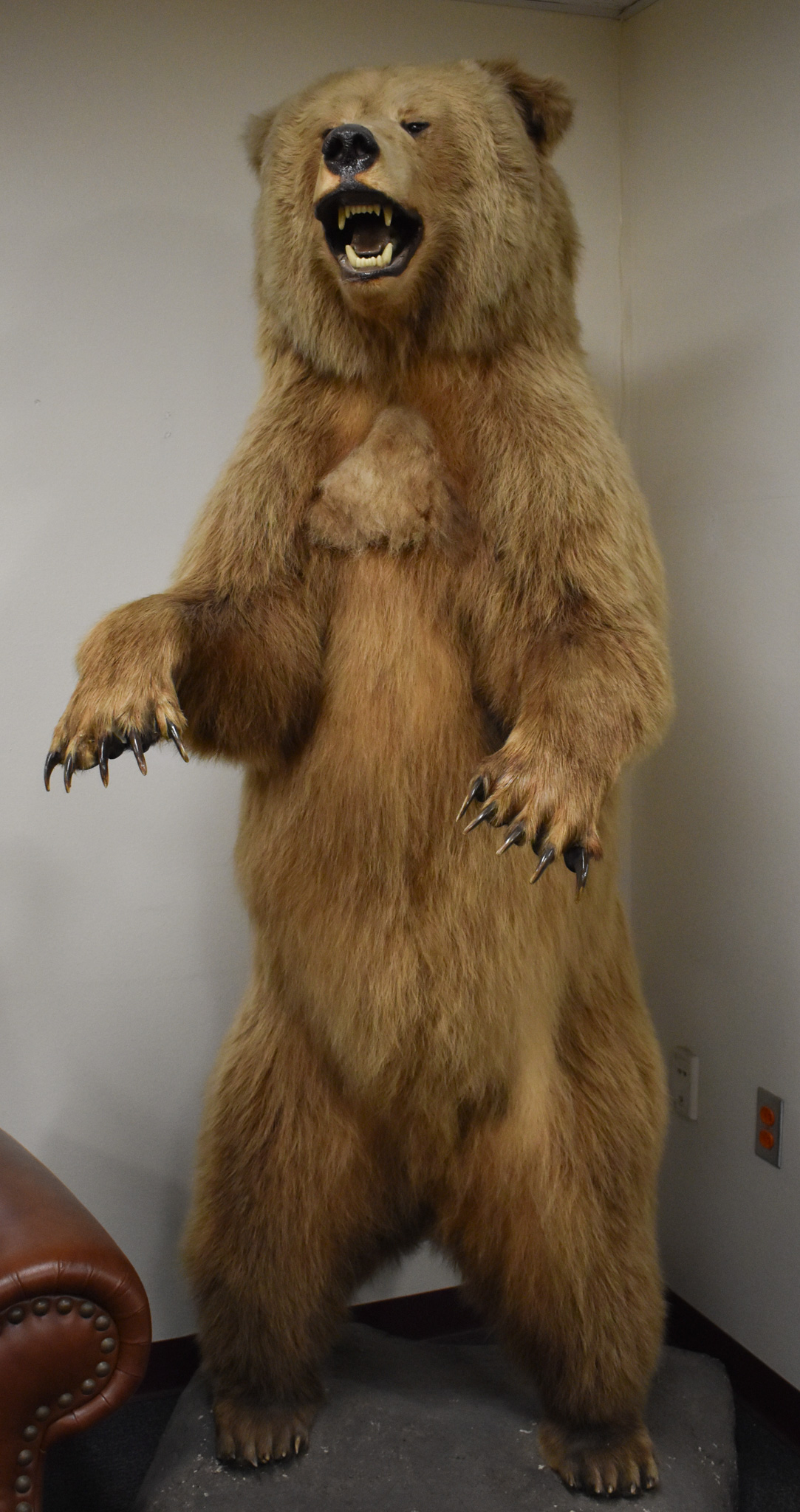Museum of Southwestern Biology Provides Up Close Look at Collections Through Evolution Revealed
July 21, 2023 - Irene Gray
 After a three-year hiatus, the Museum of Southwestern Biology’s annual open collections tour is back – and better than ever. Over the course of two separate events, Evolution Revealed brought 600 people into the museum to view some of the 4 million specimens housed at the museum and learn about the impact their collections are making on advancing evolutionary research.
After a three-year hiatus, the Museum of Southwestern Biology’s annual open collections tour is back – and better than ever. Over the course of two separate events, Evolution Revealed brought 600 people into the museum to view some of the 4 million specimens housed at the museum and learn about the impact their collections are making on advancing evolutionary research.
On June 14th, the general public had the opportunity to take advantage of this interactive experience which drew 400 people throughout Albuquerque. On June 21st, over 200 attendees of Evolution 2023, an international conference that draws some of the top evolutionary biologists throughout the world, were invited into the museum to view the collections.
“Comparing animal and plant specimens reveals how evolutionary processes have unfolded in nature, and our visitors were able to see that for themselves in our specimen cabinets and jars,” said Prof. Christopher C. Witt, Director of the MSB. “Having this extraordinary conference visit our museum gave us the opportunity to show off UNM’s collections infrastructure to leading scientists studying topics such as climate-change adaptation and pandemic emergence — it was an unparalleled opportunity for our students.”
In this engaging 90-minute tour, attendees at both events had the opportunity to get an up close and personal look at the MSB’s eight divisions: Genomic Resources, Arthropods, Herbarium, Parasites, Fishes, Amphibians & Reptiles, Birds, and Mammals.
Prior to beginning the tour, visitors had the opportunity to view a short video presentation about the MSB. From there, visitors were greeted at each tour stop by several faculty and student researchers who shared their recent and ongoing projects through interactive presentations and demonstrations.
 In the Herbarium, PhD candidate in Biology, Diana Macias shared her research on one of New Mexico’s major cultural resources, the pinon pine, in which she discovered a gene that confers resistance to bark beetles in drought-stressed forests.
In the Herbarium, PhD candidate in Biology, Diana Macias shared her research on one of New Mexico’s major cultural resources, the pinon pine, in which she discovered a gene that confers resistance to bark beetles in drought-stressed forests.
While visiting the Birds, attendees got to learn from several student researchers including a recent PhD recipient in Biology, Dr. Jessie Williamson, who gave an interactive presentation on the evolution of new species in hummingbirds.
In the Mammal Division, Tabitha McFarland, a Master’s Degree student, showed off mammal specimens that had adapted to high altitudes in different ways.
In total, over 100 UNM students, staff, and faculty participated in the event.
In addition to the presentations, attendees had the opportunity to get an up close and personal look at various specimens through individual stations that were set up throughout the tour. Visitors could use microscopes to identify plants, learn how to mount specimens as art, or view some of the unique specimens in the Fishes division such as sharks.
Throughout the tour, visitors also had the option of participating in a scavenger hunt for prizes. Participants had to listen carefully throughout the tour in order to answer questions such as, “As the world’s largest frozen tissue collection for studying biodiversity, how many samples does this division house?” (answer: ~700,000), or, “The world’s longest running native bee monitoring data set was started by and continues to be maintained by MSB graduate students. In what year did this program start?” (answer: 2002).
 Organizers made a special effort to encourage attendees to have fun throughout the tour through various special touches. Directional signs on the way to the Amphibian & Reptile collection were labeled, “Hop this Way”; a photo booth was set up at the mounting station; and as attendees completed the tour, they were given a warm send off by Beauregard, a six-foot Alaskan Brown Bear.
Organizers made a special effort to encourage attendees to have fun throughout the tour through various special touches. Directional signs on the way to the Amphibian & Reptile collection were labeled, “Hop this Way”; a photo booth was set up at the mounting station; and as attendees completed the tour, they were given a warm send off by Beauregard, a six-foot Alaskan Brown Bear.
This wasn’t the end of the activities planned for attendees of Evolution 2023, however. On June 23rd, the MSB welcomed approximately 800 conference attendees at a networking event in the New Mexico Museum of Natural History. Here, their guests were not only able to view exhibits highlighting long-standing evolutionary concepts, but also got to engage with MSB staff and students on the research they are conducting at UNM.
For those who may have missed these tours, the MSB has plenty of other upcoming events, including their weekly nature walks which will begin August 25th and a Studio Night, which is being planned for September. For more information on these, and other opportunities to get an up-close look at the collections, go to the MSB’s EventBrite page.
The MSB was established in 1938 and is one of the finest university-based natural history museums throughout the country. The MSB supports collections-based research and works to maintain an immense database of specimens and their associated data. All of this information is searchable and accessible for the public as well as researchers throughout the world. With millions of specimens and tens of thousands of species, the MSB is a vital resource on biodiversity for the international scientific community.
